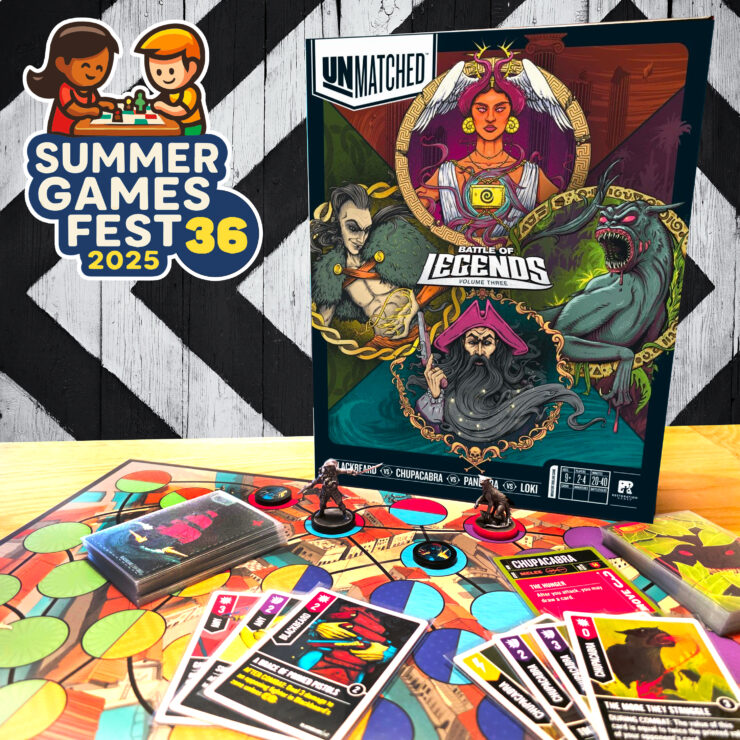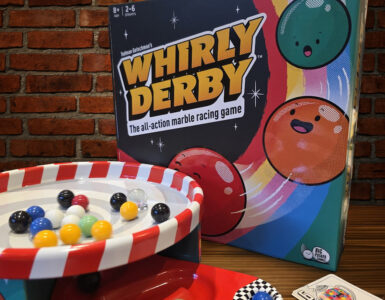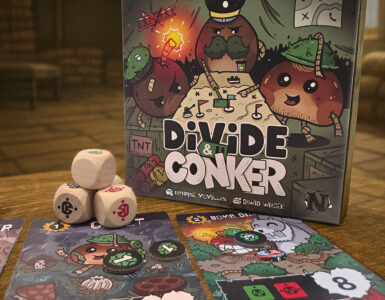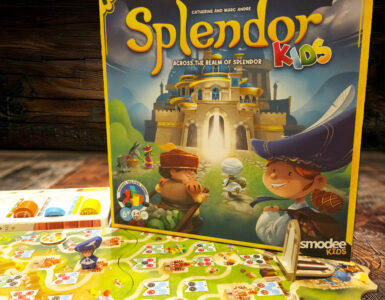Today I’m going to be looking at the newest Unmatched set Battle of Legends Volume Three. Now, the Battle of Legends Unmatched sets have traditionally been a really good entry point for the series, usually featuring slightly less complex characters than you get in some of the other releases. I’m going to start off by saying, though, right out of the gate, while I like this set, that this is very much not the case for Volume Three.
I’ll go through all of the characters below in detail for those of you who are already fans of the Unmatched series, of which I know there are plenty in our group. Needless to say, there is one extremely basic, easy character and three that are among the most complex fighters Unmatched has produced.
Unlike the recent Witcher set, there’s no new set-wide mechanic here, but as always, each of the new characters brings their own unique twist.
Chupacabra is the simplest of the characters. After you attack, you may draw an extra card. He’s an aggressive fighter with some decent defensive capabilities too, and he’s generally the only one in this set who I’d say is suitable for a brand new player.

Pandora is essentially like playing a mini push-your-luck game that feels very reminiscent of Zombie Dice or Quacks of Quedlinburg before your turn. You have seven face-down cards forming your “misery deck”, and at the beginning of your turn, you “open Pandora’s Box”, drawing through those cards one at a time and gaining the benefits as you go. Some cards have feathers on them, and one has a double feather. If at any point you draw three feathers, you take damage equal to the number of cards drawn. It can be brutal. Having played her a few times, she seems the weakest in the set. If you take a big hit early on, getting through that misery deck becomes a real struggle.
Blackbeard is a really unusual character. You start the game with coins in your hand, and there’s also a chest on the board with a coin in it. These coins shift back and forth between you and the chest depending on what’s happening. Every time you take damage, you must place a coin from your stash into the chest. However, at the start of your turn, you can place a coin into the chest voluntarily to gain an extra action, which in Unmatched is a huge bonus. A lot of his cards have effects that your opponent can “pay to cancel” by giving coins back to you from the chest. So it becomes this really interesting economy where you want to keep the chest empty or ensure you’ve got coins when you need them. I really enjoy playing as Blackbeard. He’s a great character, but quite complex and definitely not one to hand to someone new to the game.
Finally, Loki. Loki is one of the strangest characters I’ve ever played in Unmatched, and that’s saying something. When you play a Trick card, instead of discarding it, you pass it to your opponent. These go into their hand, and if they later discard them, they go back to Loki’s hand rather than into the discard pile. Your opponent can choose to play them, and while they’ll still get the attack or defence value, most of them have negative effects that they’ll then have to deal with. A lot of Loki’s own card effects are based on how many of his Trick cards are in the opponent’s hand. It’s a really interesting puzzle to manage.
What’s weirder is that it’s not just hard to play as Loki — it’s arguably even harder to play against him. If I were teaching the game to someone new, I’d avoid using Loki entirely as it would be a nightmare for them to follow. That said, I think he’s very strong as a character, but when I played against him during testing, I did find him a bit irritating. Also, minor worry, the miniature is literally held together by a single foot. I have real concerns that it might snap off with repeated play.
There are two new maps in the box and I really like both of them. One has a really twisty, turny layout that makes movement quite a fun little challenge. My favourite, though, is Santa’s Workshop, which has a conveyor belt that moves you at the end of your turn. This opens up some brilliant melee tactics, as you can position yourself for an attack, then get shifted out of range before your opponent can retaliate. Both maps are great, but Santa’s Workshop in particular is a highlight.
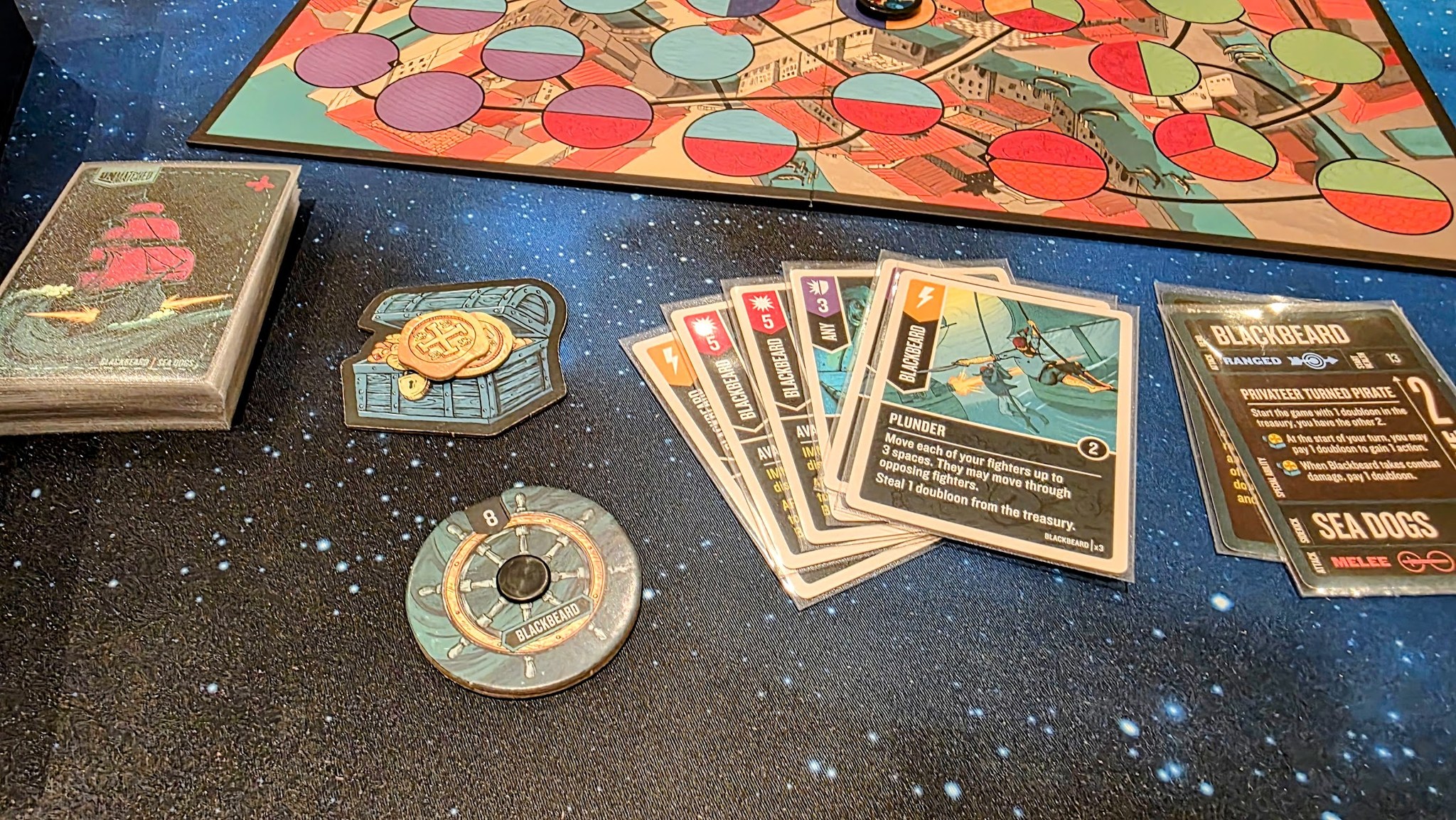
The Unmatched System as a Whole
At its core, Unmatched is a card game with tactical miniature movement layered on top. It can be played 2v2 or in a free-for-all format, but for me, the best way to play is one-on-one.
You pick your character, grab their deck and health dial, and place them on a starting space. On your turn, you take two actions — move (which includes drawing a card) or attack. Moving always gives you a card, whether you want one or not, which can be a blessing or a curse if you’re running low on cards. Attacking is done by playing a card face down, which your opponent may counter with one of their own defence cards. You can also use schemes, which are card effects that don’t involve combat.
This goes back and forth until someone hits zero health. What’s great is that while the rules are relatively simple, the real depth comes from the card abilities and the way each character plays completely differently.
You can play each set as a standalone game, but the real magic of Unmatched comes from mixing and matching characters from different sets. That opens up some properly mad combinations. I’ve got every single set, and the number of potential matchups is just huge.
One of the big draws is the use of interesting IPs. Ever wanted to see Buffy the Vampire Slayer fight a T-Rex? Or Spider-Man take on Medusa? Or Dracula square off against Hamlet in a battle of the literary icons? With Hellboy characters due next year, I expect even more fun and obscure matchups to come.
Games usually last about 30 minutes and it really does have that “just one more go” feel. At school, I’ve got around 15 boys playing this every day and we’ve just wrapped up a tournament.
Getting into Unmatched can feel a bit daunting, as there’s so much to buy. Most of the sets are good though. If you’re starting out, I’d really recommend Cobble & Fog or any of the Legends volumes. The Marvel sets are fun too, but the characters are not always the easiest, and some of them, like Squirrel Girl and Cloak & Dagger, are delightfully niche picks.
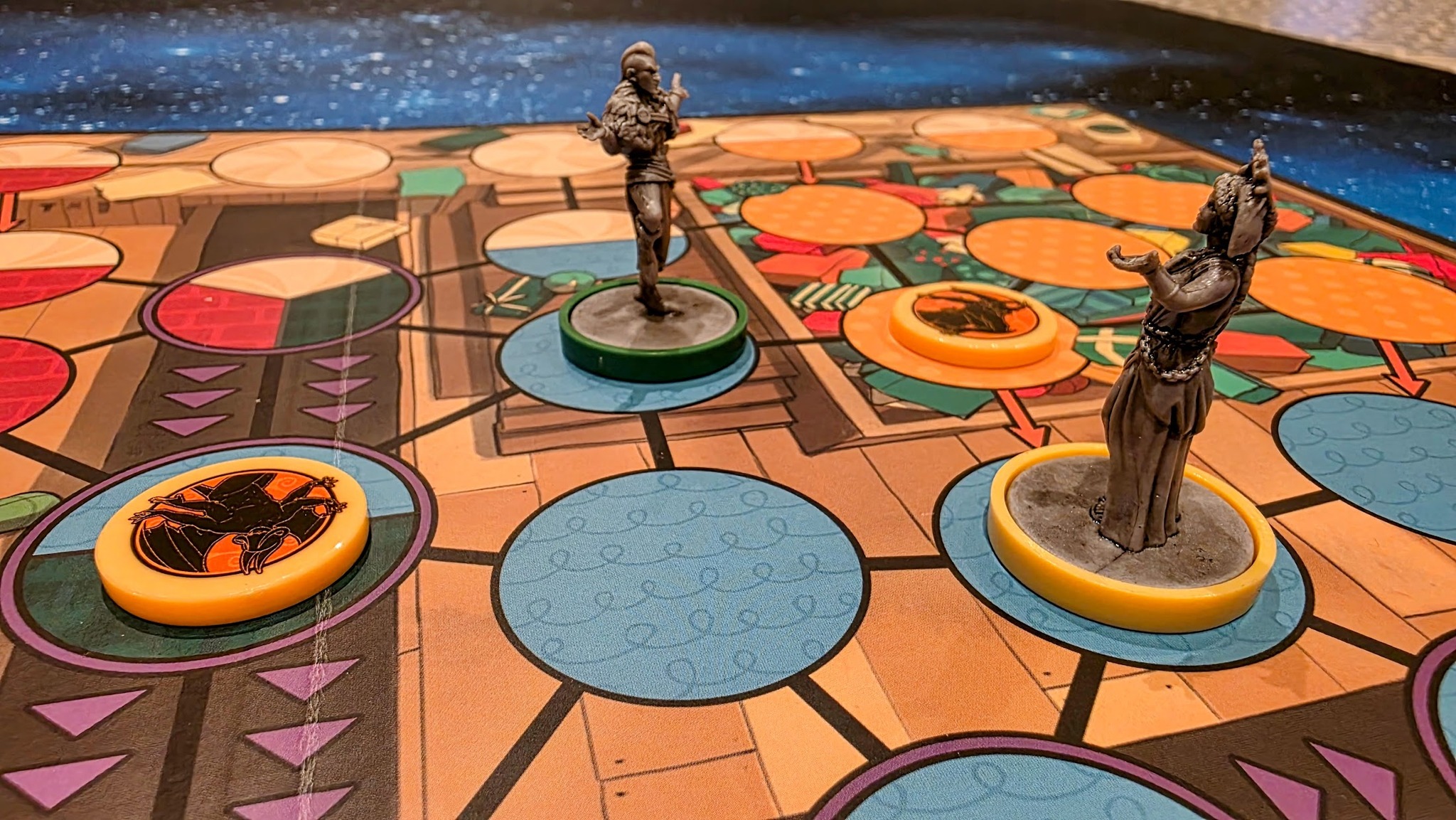
You can definitely play this with younger kids. I played this with Jack when he was seven, though you do need decent reading skills.
Unmatched has become not just one of the biggest games in my life, but a regular part of my day-to-day work. Luckily, the system is excellent and really rewarding to play. Production values are top-notch, the minis are great, and the artwork and presentation across the sets is consistently brilliant. I also love that the box design has stayed consistent across all the volumes.
I’m not saying you should go out and buy everything like I did, but I would absolutely recommend picking up a set that interests you. Who knows — this time next year, you might be reorganising your shelves to fit them all in.
Final Thoughts on Battle of Legends Vol. 3
I really like Battle of Legends Volume Three. It’s a strong addition to the Unmatched lineup, but apart from Chupacabra, the characters here are much more complex than in previous Legends boxes. This is definitely a set for players who are already confident with the rules and want something a bit meatier
For newcomers, I’d recommend starting with Cobble & Fog or one of the other Legends sets. But if you’re already deep in the world of Unmatched, this one is well worth adding to your collection.


